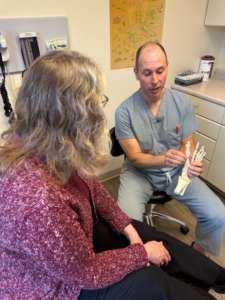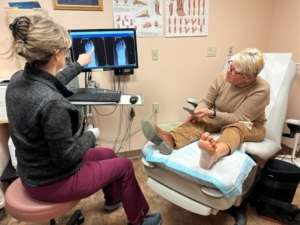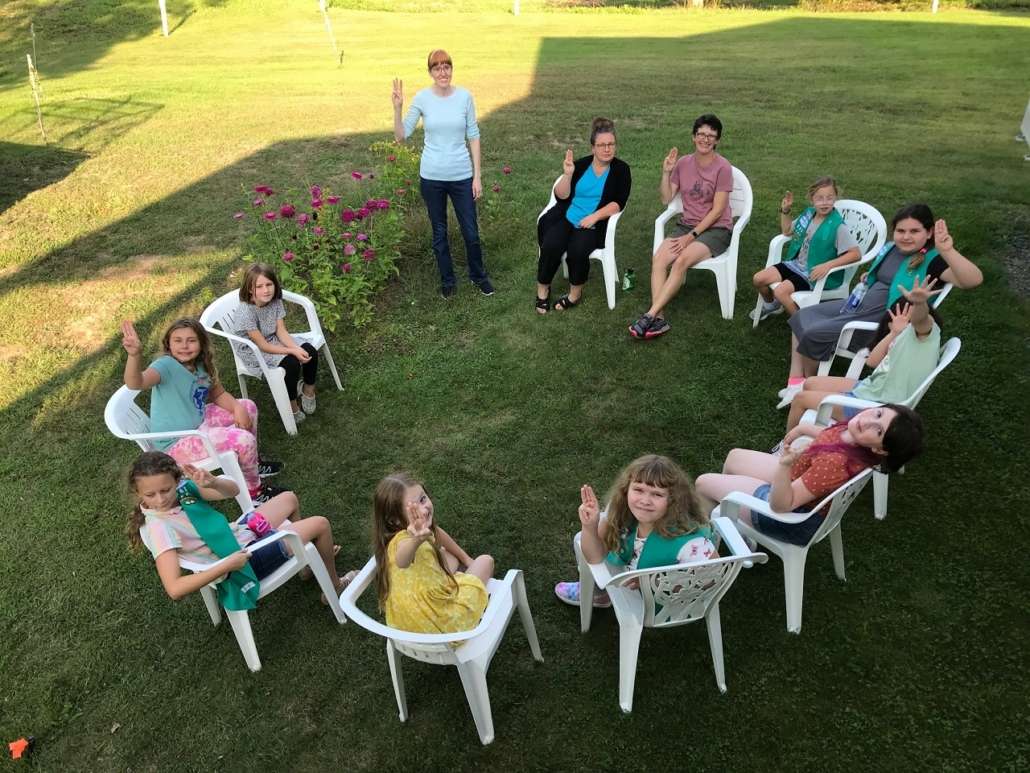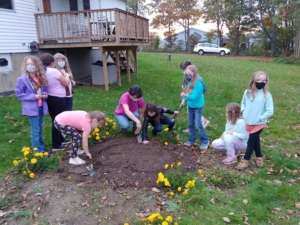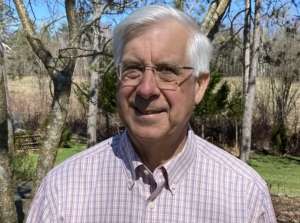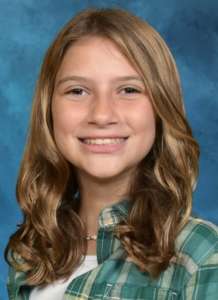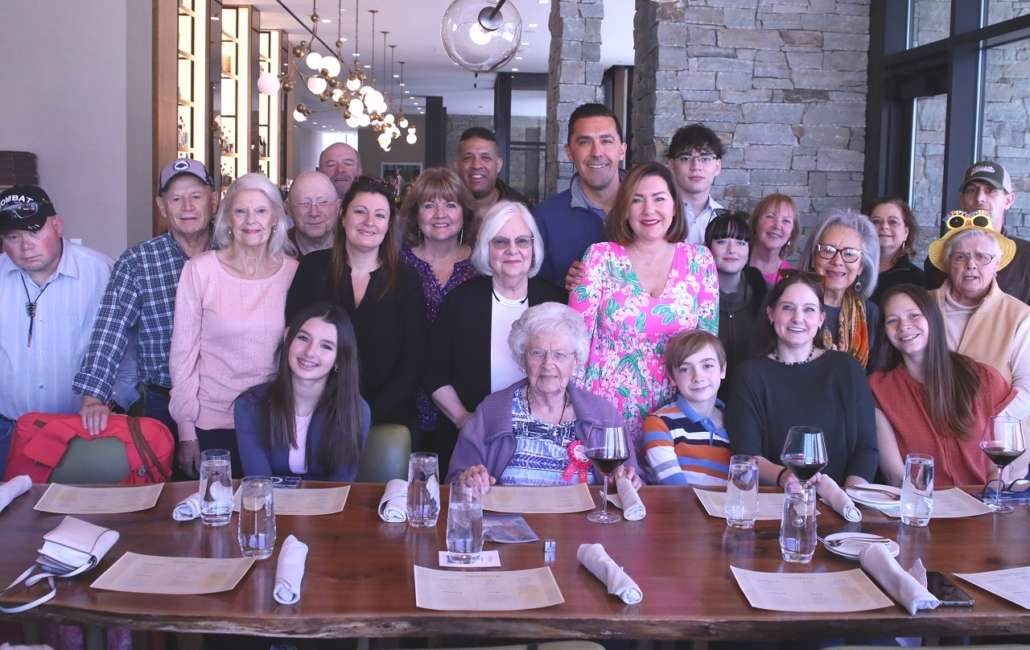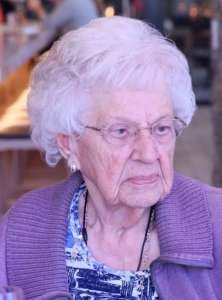Madison Legion Auxiliary collects essential items for children in DHHS system
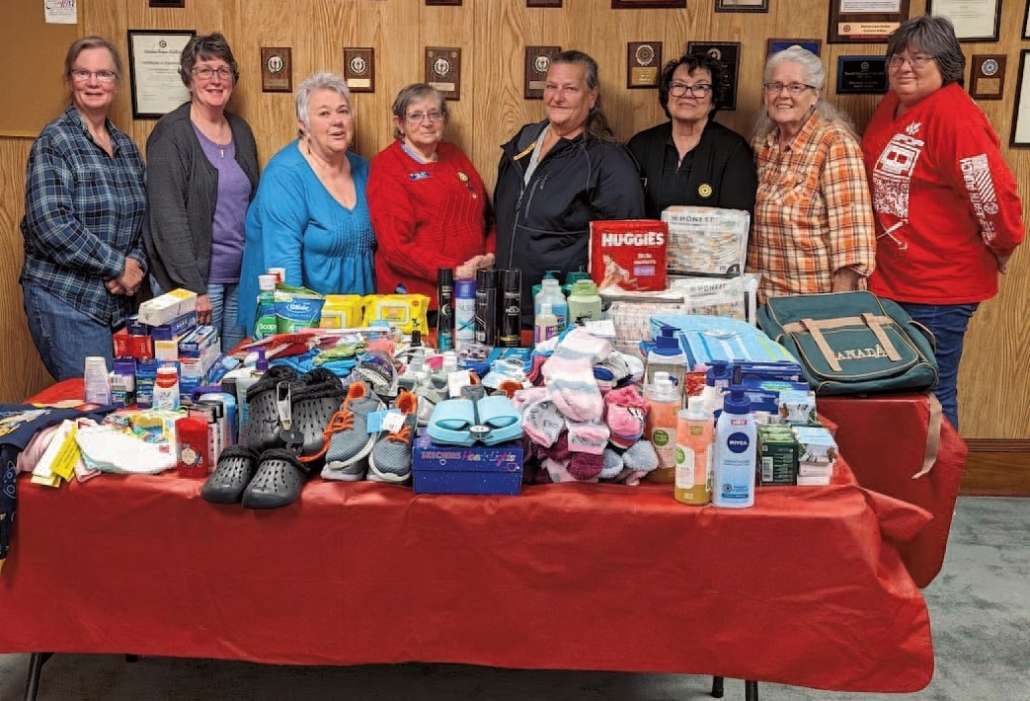
Members of Tardiff-Belanger American Legion Auxiliary Unit #39, in Madison, pictured left to right, Amy Washburn, Harriet Bryant, Irma Fluet, Gerri Jenks, Lisa Nelson, Nancy Misiaszek, Jackie Pollis, and Tammy Giguere. (contributed photo)
The month of April is recognized as Children and Youth Month. Members of the Tardiff-Belanger American Legion Auxiliary, Unit #39, Madison, collected many essential items such as backpacks, Pj’s, toothpaste, toothbrushes, diapers, shoes, socks, toiletry items, and hygiene products for the older children, etc.
These items benefit the children who will enter the Department of Health and Human Services System. Most children enter with nothing more than the clothes on their backs. These backpacks provide them with items they can call their own in hopes that it makes the transition a little easier for them. This year with generous donations of items from the members of the local community, and American Legion Family membership as well as the Auxiliary purchases, the American Legion Auxiliary Unit #39, Madison delivered 440 items valued over $1,500.
Founded in 1919, the American Legion Auxiliary (ALA) members dedicated themselves for over a century to meeting the needs of our nation’s veterans, military, and their families both here and abroad. They volunteer millions of hours yearly, with a value of nearly $2 billion. As part of the world’s largest patriotic service organization, auxiliary volunteers across the country also step up to honor veterans and military through annual scholarships and with Dirigo State programs, teaching high school juniors to be leaders grounded in patriotism and Americanism. To learn more about the Auxiliary’s mission or to volunteer, donate or join, visit www.ALAforveterans.org or http://www.mainelegionpost39.org or contact Jackie Pollis, President at jrdlps35@gmail.com or at 207-431-1844.


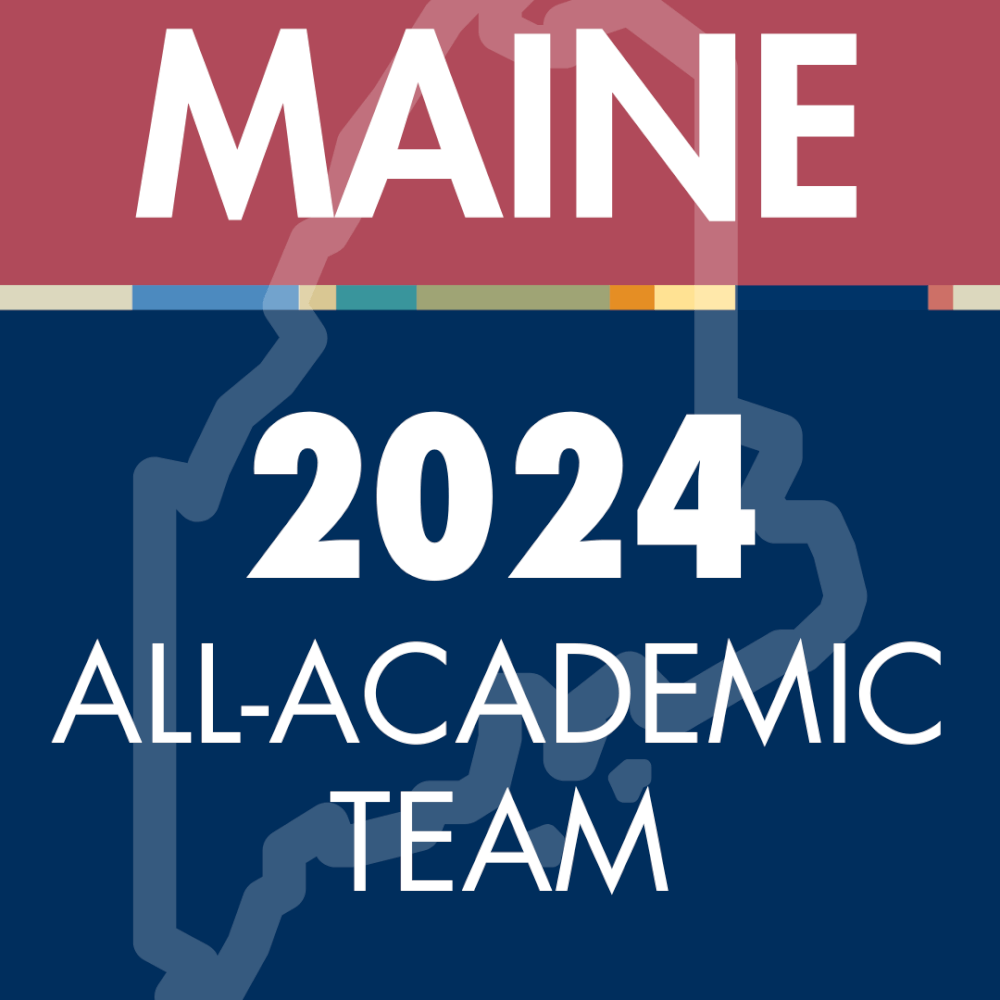
 Kennebec Water District is pleased with the early season progress on the Pleasant Street Area Water Main Improvements Project, in Waterville. Phase one work on Pleasant Street between Main Street and North Street is scheduled to be completed and reopened to traffic on or before Friday, May 3.
Kennebec Water District is pleased with the early season progress on the Pleasant Street Area Water Main Improvements Project, in Waterville. Phase one work on Pleasant Street between Main Street and North Street is scheduled to be completed and reopened to traffic on or before Friday, May 3.





